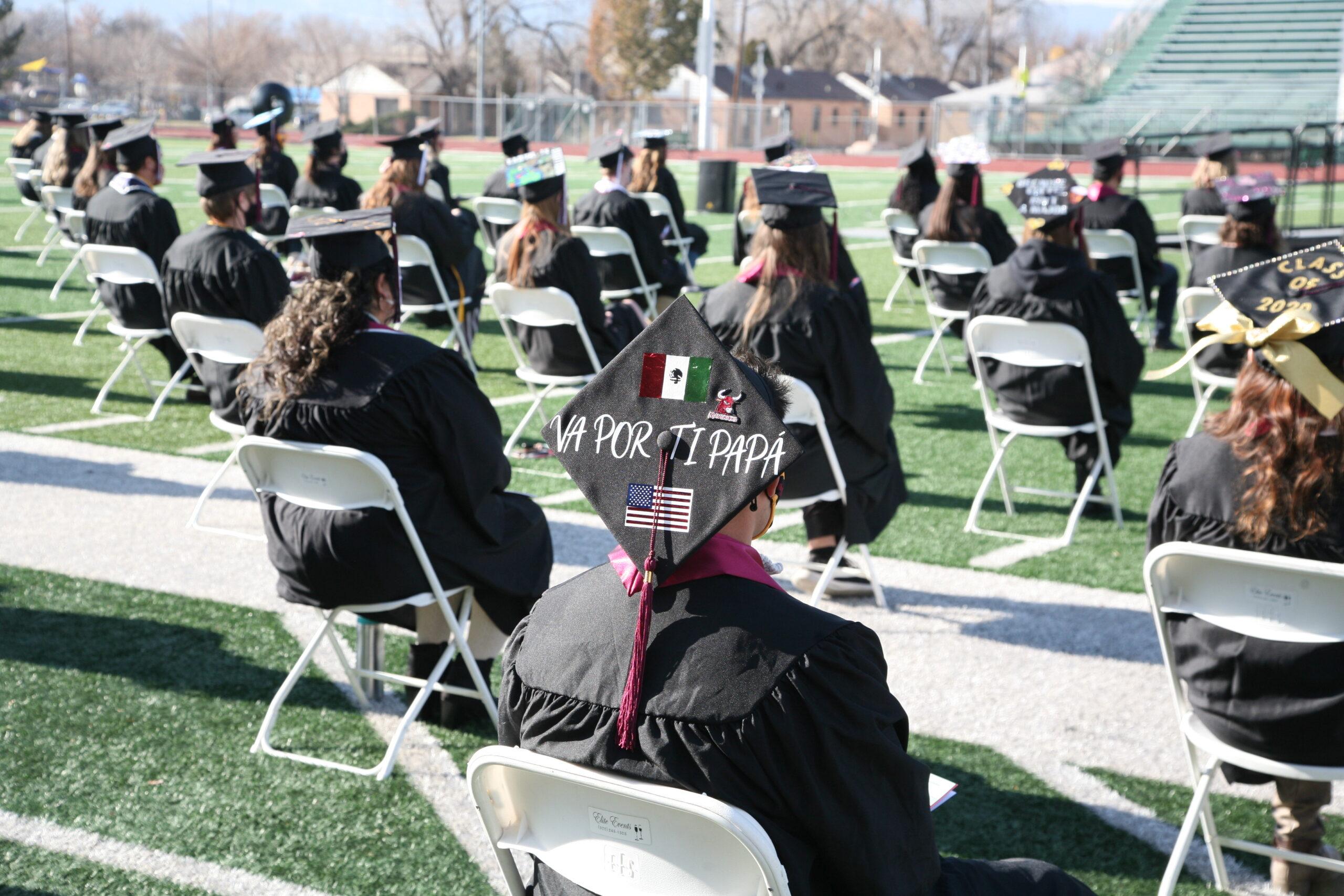
It paid to have a college degree during the pandemic.
A new report says that Coloradans with at least some postsecondary education were protected from the pandemic’s social and economic impact. It also found that not only do those with a postsecondary credential have higher wages, those with a bachelor’s degree or higher had the lowest unemployment rates during the peak of the Great Recession in 2010 and during the COVID-19 pandemic in 2020.
“Whether you’re in economic prosperity or a recession, definitely having a postsecondary degree raises an average Coloradan’s chance of earning more and also decreases his or her chance of getting laid off,” said Joon Choe, research and data analyst for the Colorado Department of Higher Education. “That financial stability is what a post-secondary education provides.”
During the pandemic, about 10 percent of people with less education than a high school diploma were unemployed, compared to 6.6 percent of those with some college or an associate’s degree, and 5.5 percent for those with a bachelor’s degree or higher, according to the Colorado Department of Education’s annual “Return on Investment Report.” In 2018, state lawmakers directed the department to publish the annual report.
Coloradans with more education also have higher wages. Those with a bachelor’s degree have the highest average annual wage at $84,202 while those with less than a high school diploma earn $48,951 on average, a gap of $35,251.
Of all the 143 “Top Jobs” that provide a living wage for a family of $25.88 an hour, nearly 63 percent require a credential past high school, the report said.
The report shows that postsecondary credentials contribute to — but aren’t a guarantee — of wage equity. Males and females, white and Black graduates who earn more than minimum wage have similar wages.
The similarity of wages between different groups “becomes greater and greater as time passes by, which means that all the policies we’ve been implementing to bring equity in the wage work space are working and we can actually measure that,” said Joon.
However, the report shows that 10 to 30 percent of these graduates are still experiencing wage inequity.
Joon said more qualitative research would have to be done to see if there are work sectors or individual companies where inequities are greater.
The degree you choose matters
Officials say students can make critical choices to avoid debt and maximize the value of their credentials. The state has an interactive tool that provides information about postsecondary pathways and their cost, affordability and value. It allows students to project more accurately how much they can earn annually one, five and 10 years after graduating, based on a field of study, credential level and institution.
For example, a 2-year degree in computer support services garners a median wage of $42,805 in the short term, compared to culinary services at $25,145. In the long term, the computer job rises to almost $60,000, while the culinary job advances to around $36,000.
At the four-year level, a degree in the health professions starts out at $57,000, rising to $69,000 while an English language and literature degree may get you a job starting at $33,000 but would see gains much later along the career path landing at $52,000.
At the same time, the report noted that students enrolled in programs that foster soft skills, namely oral/written communication, critical thinking, ethical judgment, teamwork, and real-world application of academic knowledge, generate both public and private good.
One encouraging sign is the amount of debt Colorado students carry and the percentage of graduates with debt have both been steadily decreasing since 2014.
In 2020, the average student loan debt for a Colorado student graduating with a bachelor’s degree was approximately $25,700. For a two-year degree, it was $13,200. About 40 percent of associates degree graduates end up with debt, while 55 percent of graduates from four-year institutions do.
However, officials say many more students can reduce costs by completing applications for federal and state aid — FAFSA and CASFA — and by applying for work-study programs and scholarships. Colorado ranks 47th in the nation in FAFSA completion, leaving potentially millions of dollars in student financial aid on the table each year.
FAFSA “opens the door to federal aid, scholarships and work-study aid,” said Joon. The report refers to a “third leg” of financial aid that many students don’t know they are eligible for or don’t know how to enroll in. Those are public benefits programs like SNAP, TANF, WIC, and Medicaid.









